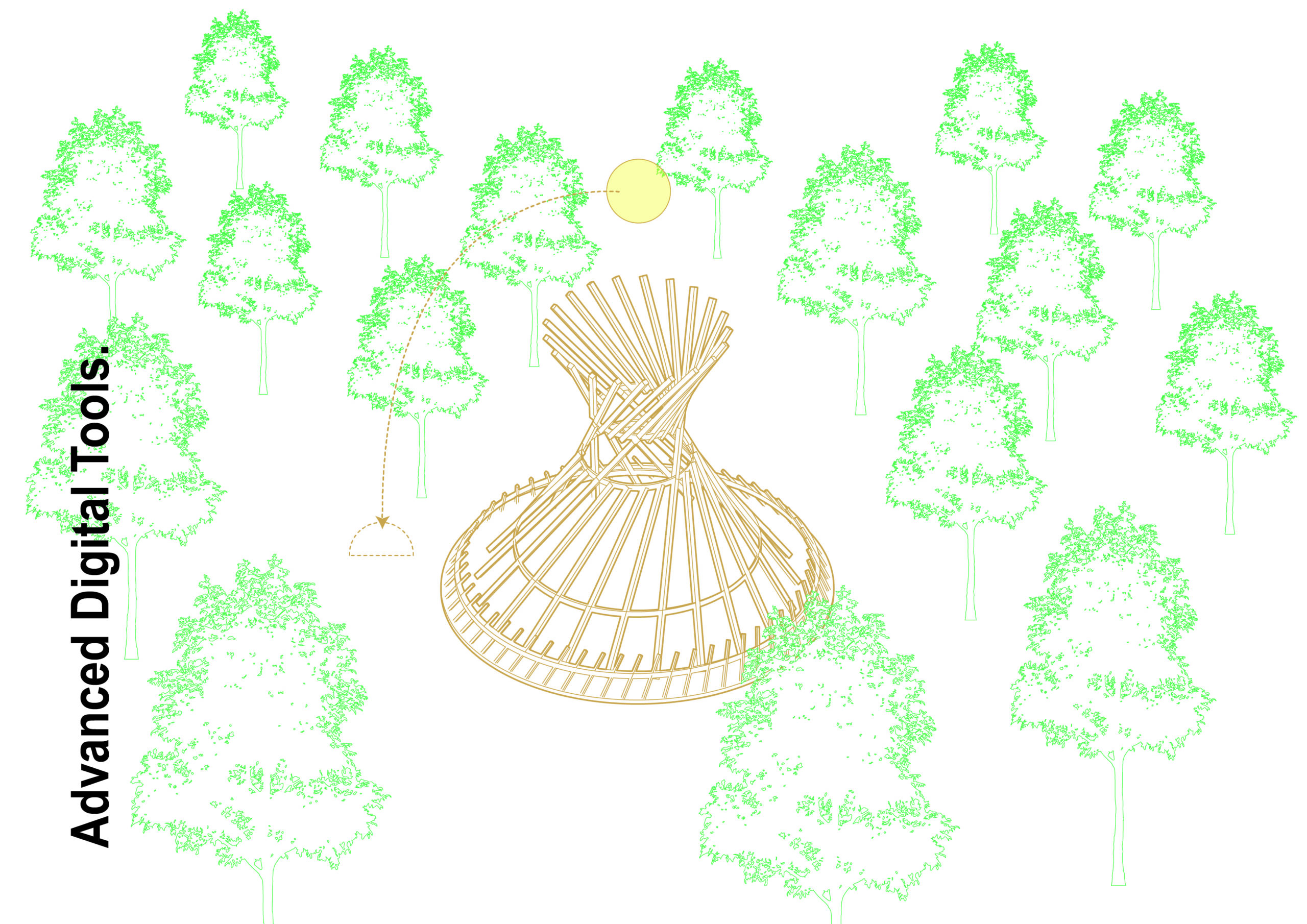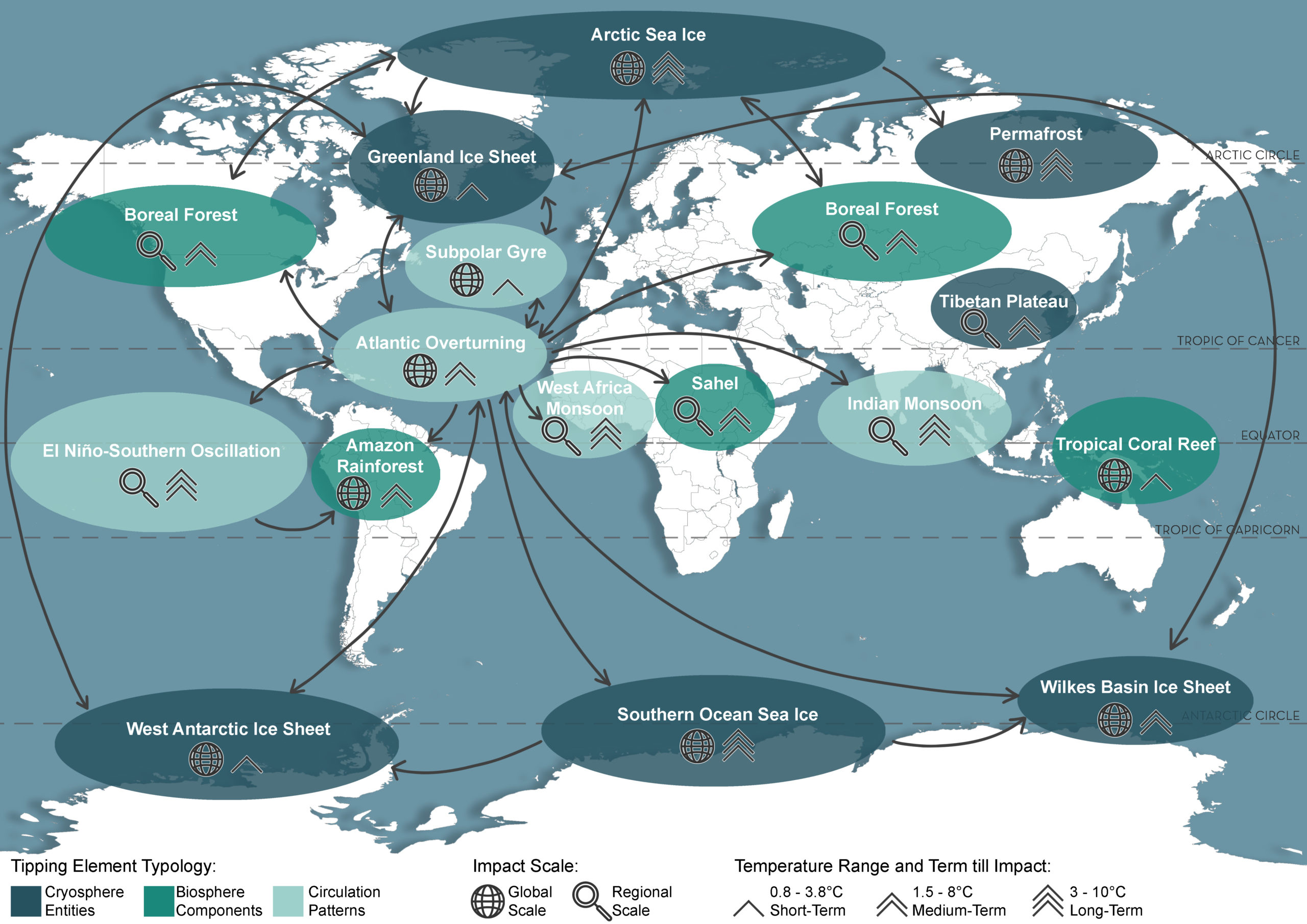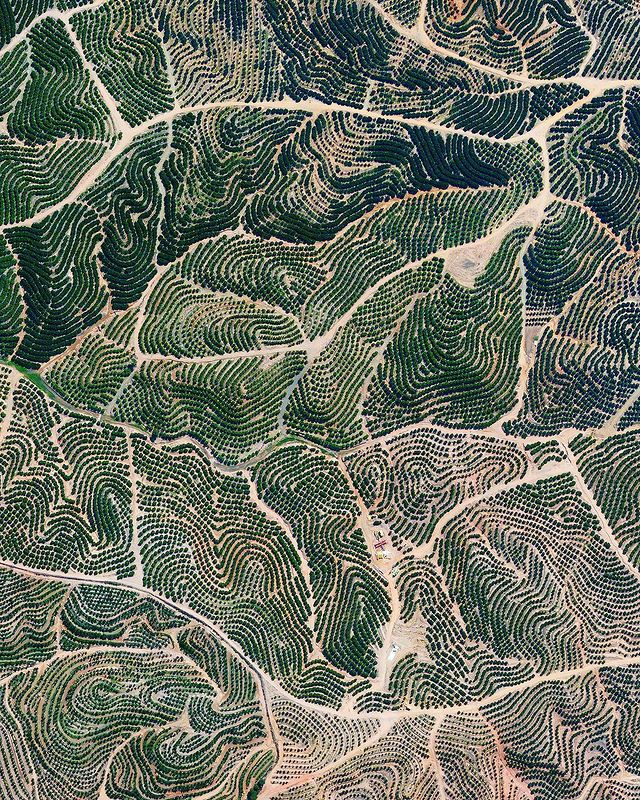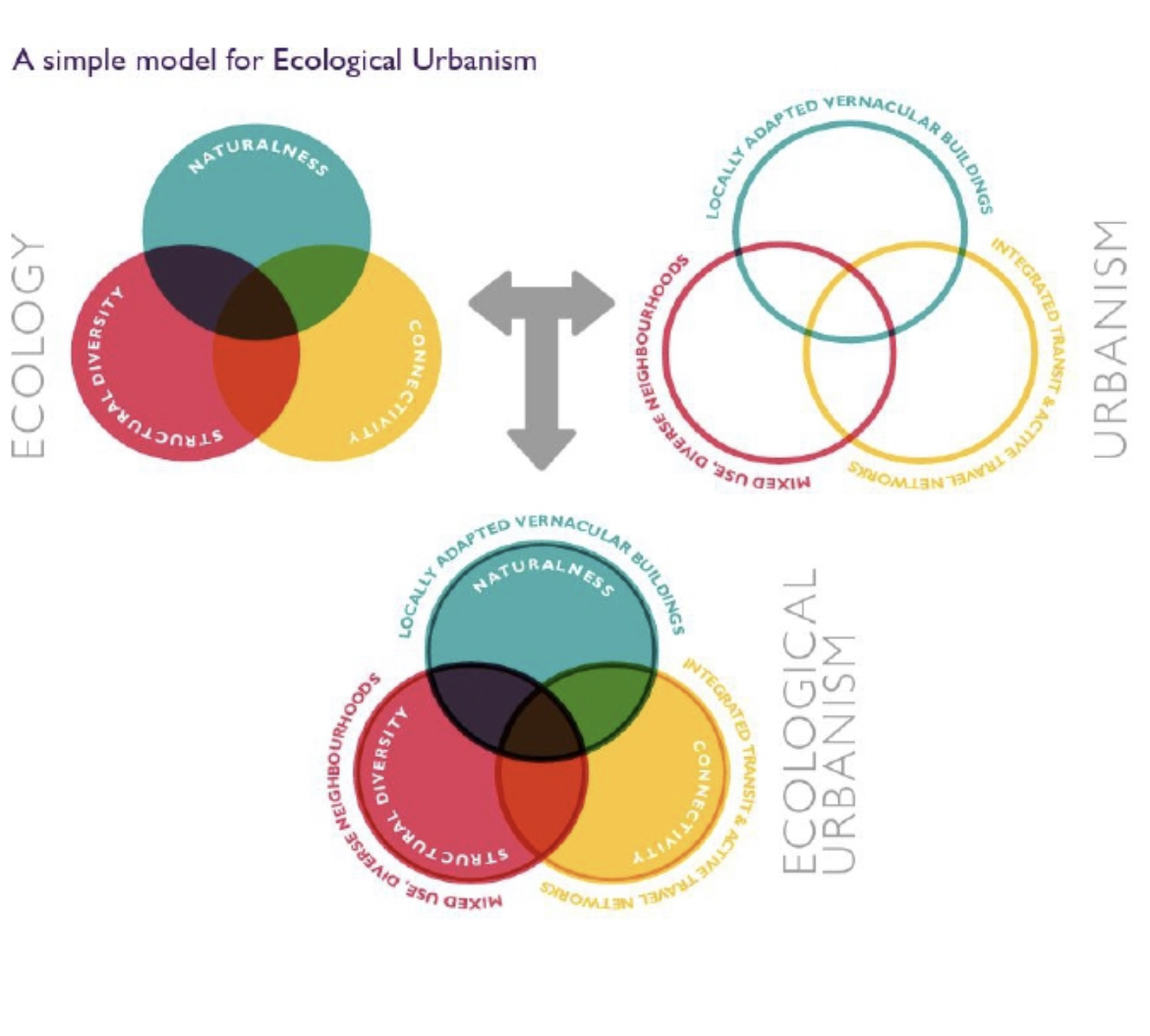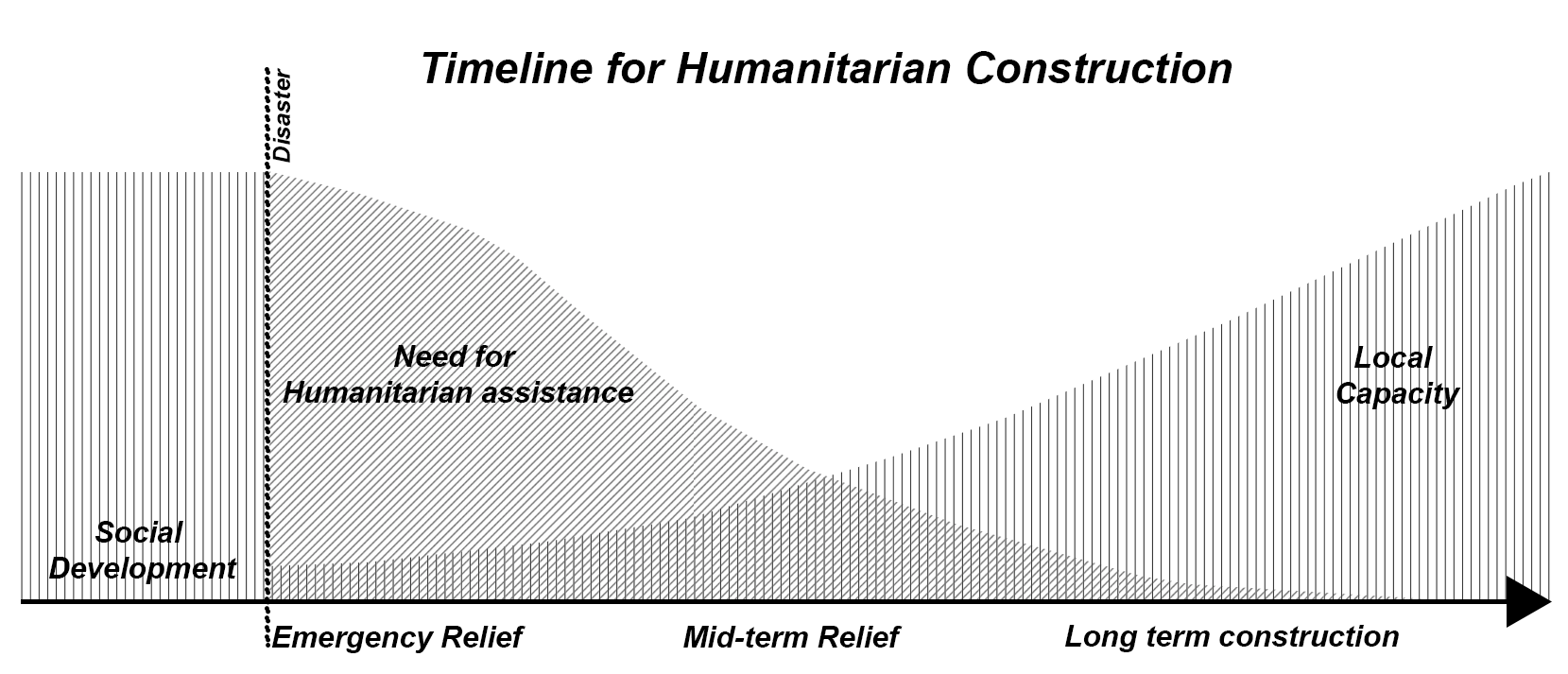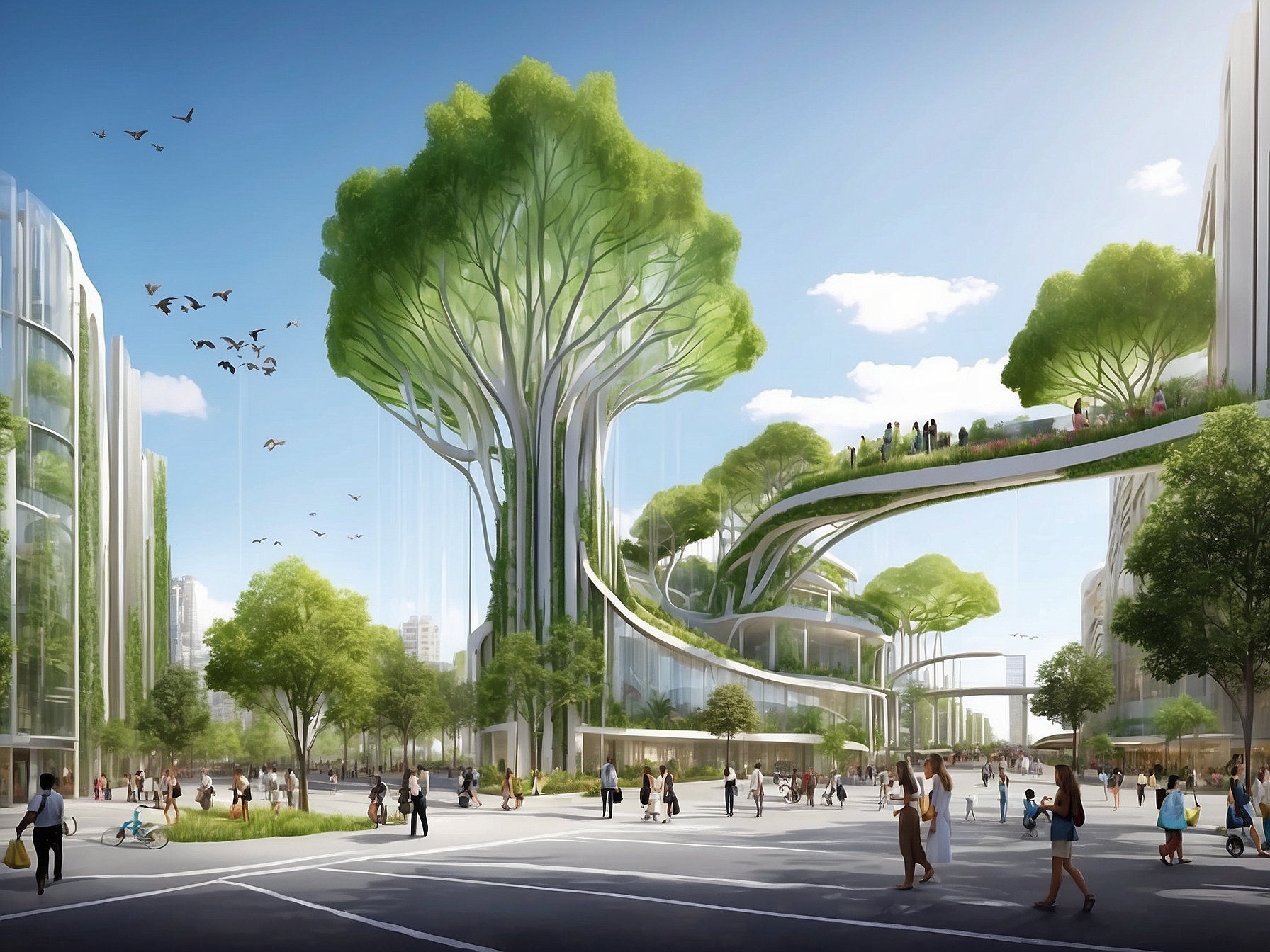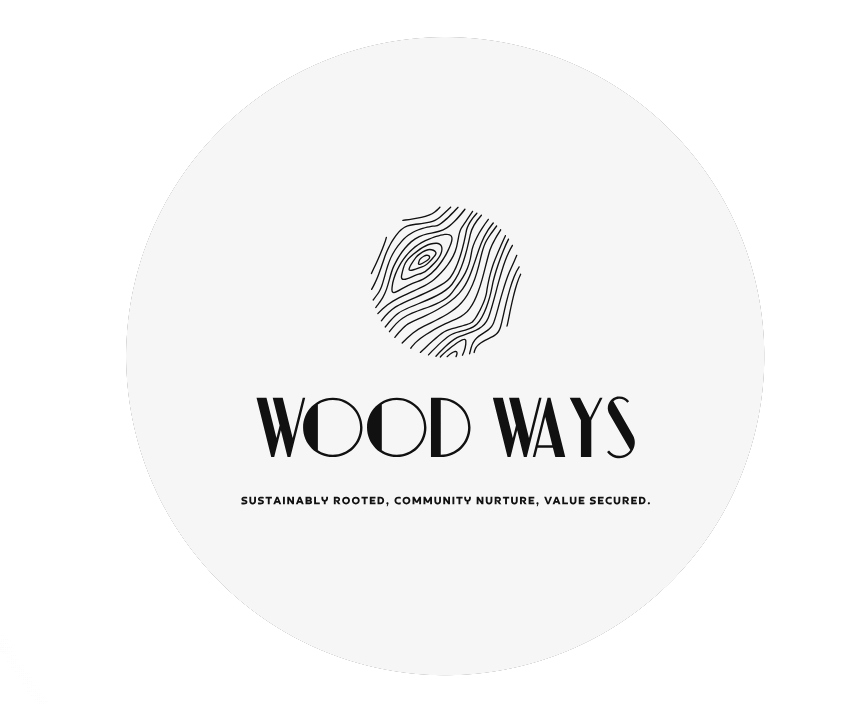The Master in Advanced Ecological Buildings and Biocities (MAEBB) postgraduate program is an 11-month immersive academic program focused on learning how to design and build a new generation of buildings and cities to respond to the planet’s emerging climate challenges. The program is carried out in Valldaura Labs, in Barcelona, a 135 He property located in the Collserola forest. Here, students will live and work surrounded by nature while using the most advanced technologies and design techniques in the pursuit of what is also IAAC’s long term initiative, to create self-sufficient and ecological environments.
Advanced Digital Tools: Getting Familiar with Grasshopper
In the context of technology, Grasshopper refers to a visual programming language and environment. Unlike traditional coding languages, Grasshopper employs a graphical interface, allowing users to create and manipulate algorithms through a visual representation of code elements. Originally designed as a plugin for the 3D modeling software Rhinoceros, Grasshopper enables architects, designers, and engineers to … Read more
Defining Biocities
Accidental Sustainability [Noun] In the mid-1990s, Cuba experienced economic depression and a collective food crisis after the dissolution of the Soviet Union. In this ‘Special Period’ , the lack of capital and resources necessitated preserving and maximizing the island’s natural resources. It led to the introduction of organic agriculture. The citizens also started sharing and … Read more
Defining Biocities | Words defined by Hans Joachim Schellnhuber
Defining BioCities is set to be the second addition to the First series titled ” The Metapolis Dictionary of Advanced Architecture”. The book was published 25 years ago and since then the world has transitioned into the age of sustainability and regenerative design. For the same, the new edition looks into the compilation of words, … Read more
Defining Biocities
Defining Biocities explores the concept of Biocities, urban environments designed in harmony with natural systems to enhance life, To simplify comprehension, we were introduced to key authors, delving into the terminologies they discussed. Through research and exploration, we enhanced our personal understanding of the words and concepts, making the intricate topic more accessible. “Design for … Read more
X min city
How long do you need to go to your school and office? I do 10 mins usually, but when I live in Japan, I need a commute time, over 1 hour. After modernization, The larger the city becomes, the longer our commute time is.Various urbanists and researchers have developed plans that match the scale of their … Read more
Introducing need for Bionook
Abstract In response to urgent carbon mitigation challenges and biodiversity loss, a paradigm shift toward manufacturing symbiosis and circular bio-economy is crucial for ecologically sensitive design in urban ecosystems. This study explores the transformative potential of a 3D-printed urban Bionook, incorporating layers of Cross-Laminated Timber (CLT) with a natural-locally sourced soil admixture, to enhance strength, … Read more
DEFINING BIOCITIES
MARC PALAHI Circular Bioeconomy: Circular economy is the economic framework that focuses on minimizing waste and creating a cycle of disassembly, reuse. Bioeconomy is the concept that focuses on the use of bio-resources as a substitute for fossil-based, non-renewable and non-biodegradable material. Circular Bioeconomy is a fusion of the two concepts and can be defined … Read more
Defining Biocities
Defining Biocities seminar aims to explore the concept of Biocities – cities that follow the rules of natural system in order to promote life and engage students in the creation of a publication in the form of book.
Defining Biocities
Life cycle Assessment Synonyms: Life cycle analysis Noun Life cycle assessment (LCA) is a tool to evaluate possible environmental effects at every stage of a product’s (which can be commodities, technologies, or services) life cycle, from acquiring natural resources through production and consumption to waste management (including disposal and recycling). Four Components of Life-cycle Analysis … Read more
Defining Biocities (Stefano Boeri)
In the process of creating this blog post dedicated to defining a Biocity, I played a crucial role in conducting comprehensive research and contributing to the compilation of a specialized dictionary. As part of a collaborative effort involving students from the Institute for Advanced Architecture of Catalonia (IAAC), and under the guidance of mentors Honorata … Read more
Defining Biocities
The ‘Defining biocities’ class revolves around studying different concepts of design for a ‘Bio-city’ at various scales and in a multi-disciplinary approach. The following words are identified by the author because there is potential in these words to be associated with designing Biocities. Food-sensitive planning and Urban design This is most likely one of the … Read more
Advanced Digital Tools: An Overview
During the first term of the Master’s program, we took a class called “Advanced Digital Tools,” which focused on exploring all the functions and potentials of the software “Grasshopper.” This blog post aims to showcase some of the works developed during the course, illustrating both the processes and results. Same code, variations of parameters The … Read more
Advanced Computational Tools: A Journey Through Grasshopper
Welcome to the world of advanced computational tools, where we delve into the intricacies of Grasshopper, a graphical algorithm editor tightly integrated with Rhino’s 3-D modeling tools. This blog post will guide you through the learning process, focusing on the fundamental aspects of Grasshopper and logical representations. Grasshopper Fundamentals Grasshopper is a powerful tool that … Read more
BioCosm | The one stop shop for Nature-based Solutions | Business Innovation
Introduction Carbon Dioxide is the main contributor to global warming and climate crisis. CO2 traps the heat that is re-radiated from the Earth, thus, increasing the Earth’s surface temperature. The main causes of CO2 emissions are:1. 40% emissions made by burning fossil fuels for energy production. 2. 42% emissions made by the built environment. 3. … Read more
WOOD WAYS: DO IT THE GOOD WAY
BUSINESS INNOVATION WORKSHOP 2023 Introduction: Nepal, nestled in the heart of South Asia, boasts a rich cultural heritage and breathtaking natural landscapes. However, the surge in urbanization, a global phenomenon, is transforming Nepalese cities into concrete landscapes, eroding their unique identity. Recognizing the environmental impact of such urban development, the global construction sector is increasingly … Read more

